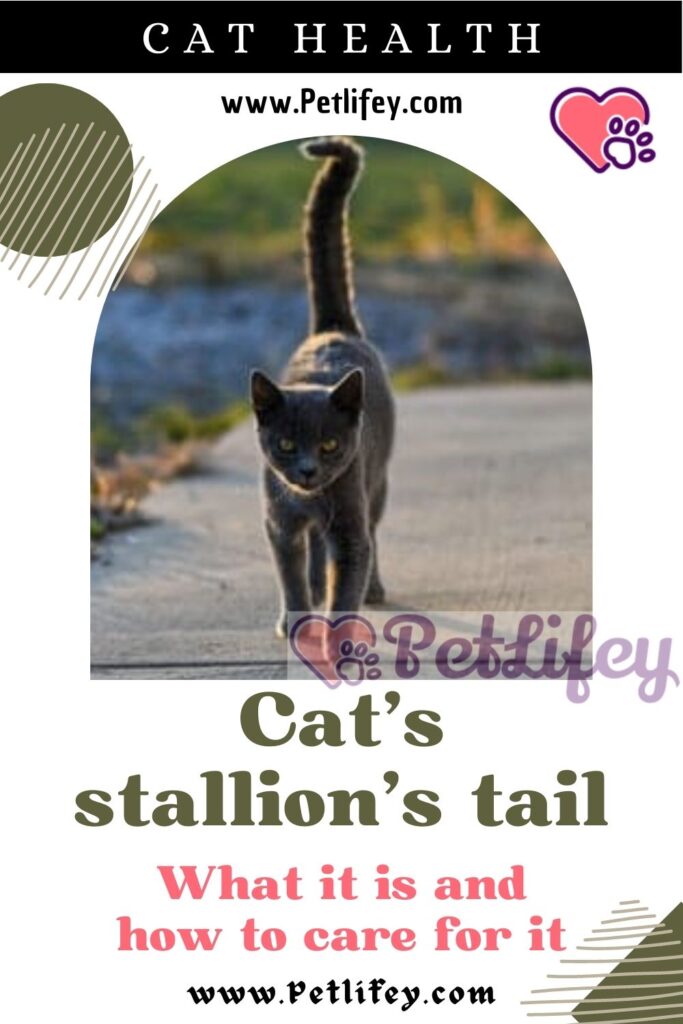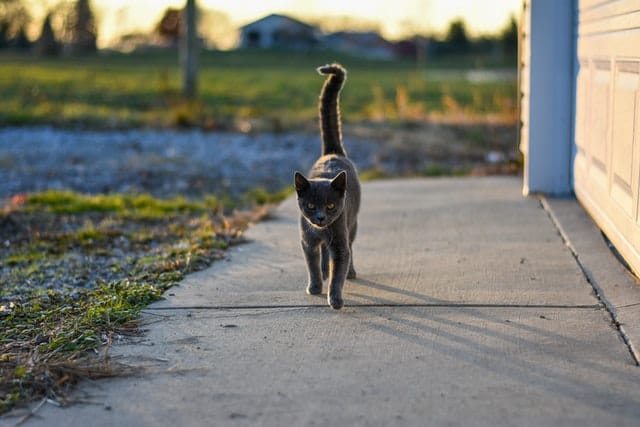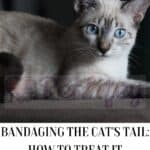
It is a loss of hair localized in the tail area of the cat but also of the dog.
The Stud Tail or stallion‘s tail or (to put it in medical terms hyperplasia of the supracaudal glands) is a disease that affects non-neutered male cats, but can also affect neutered males, females and even dogs. This is not a serious but unsightly problem since the cat has a loss of hair at the base of the tail.
In the following article we will deepen the theme of the stallion’s tail in cats, the causes, the symptoms, the diagnosis and the treatments to follow.
Stallion tail in cats: everything you need to know

The supracaudal glands, which are located on the upper part of the base of the cat’s tail, have the function of producing and secreting pheromones; substances which are imperceptible to humans but which animals use to send messages to their fellow men (they serve to mark the territory, to signal readiness for mating, or a danger). Sometimes due to a hormonal stimulus, these glands become inflamed and produce excess sebum, consequently they become infected, generating discomfort and pain in the cat.
The reference to the stallion lies in the fact that it is the male hormone testosterone that influences the sebum production of these glands so the more testosterone there is in the body and the more the glands produce sebum.
You will be able to recognize the condition from one or more of these symptoms:
- area covered with an oily substance;
- base of the alopecic tail;
- greasy and blackish hair;
- foul-smelling odor;
- presence of comedones (also known as blackheads) and infections.
Stallion tail therapies in cats are mainly:
- sterilization (in the case of a male specimen);
- use of special anti-seborrhea shampoos to keep the part clean;
- use of antibiotics (in cases of bacterial superinfection of the gland);
- use of special disinfectants to keep skin pores clean;
- cleaning of the affected area (the only possible solution for sterilized cats or females).






